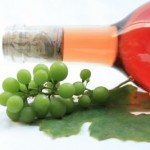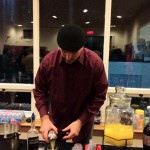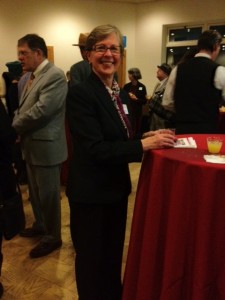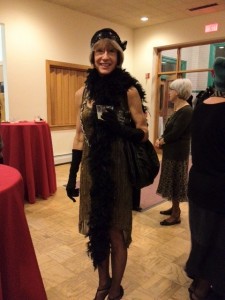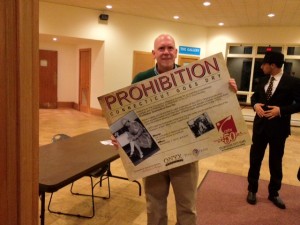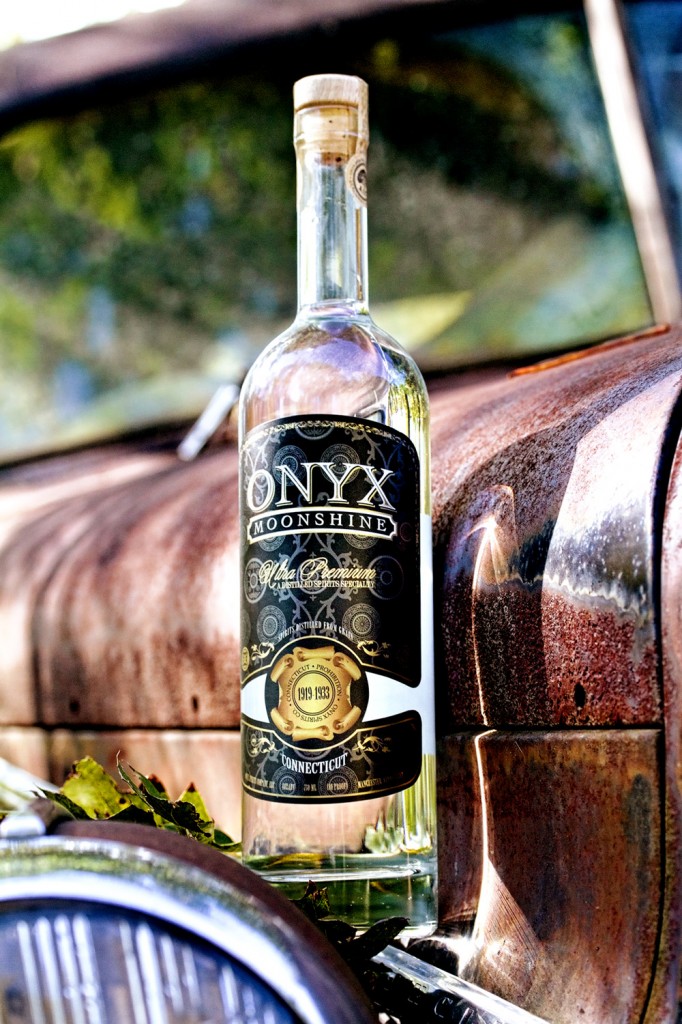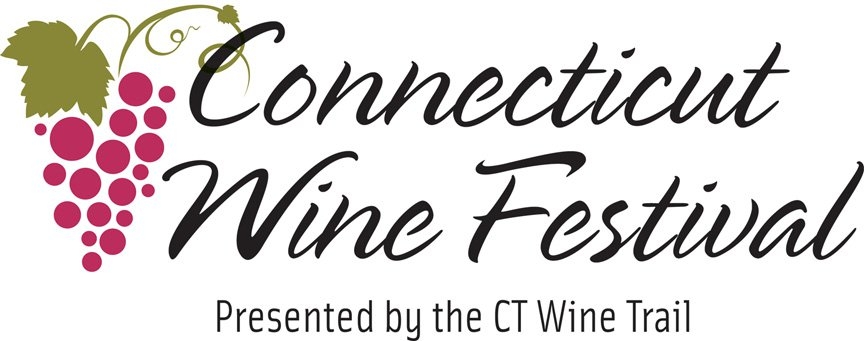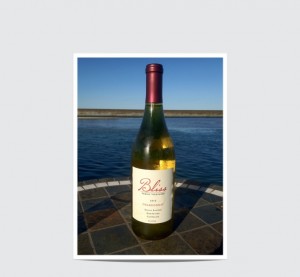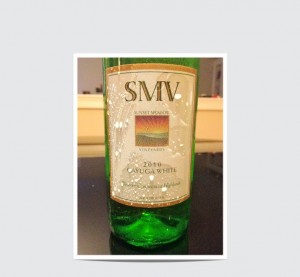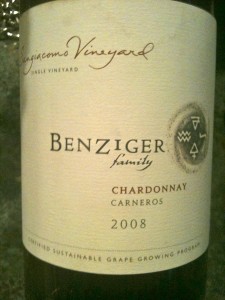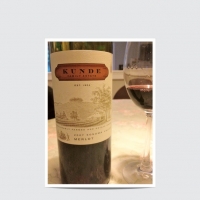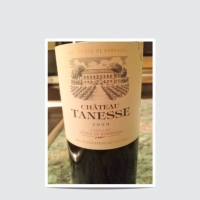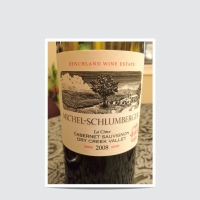We are accepting students for 3 more days for our
Spring Certified Specialist of Wine Study Course
Classes begin Monday, March 11th, 2013
If you are in the food and beverage industry and want to bolster your resumé, if you're interested in entering the wine industry, or if you are just passionate about wine and want to learn more, then the Certified Specialist of Wine course is for you. The CSW is an internationally recognized accreditation.
Here are just a few of the careers people pursue with a CSW:
Food and wine writer
Wine expert for a restaurant
Wine store or wine distributor employee
Wine flash website owner
Professional chef
Wine educator
Wine critic
Wine judge
Wine bar owner
Wine enthusiast
Join our class now and become a wine expert by June.
